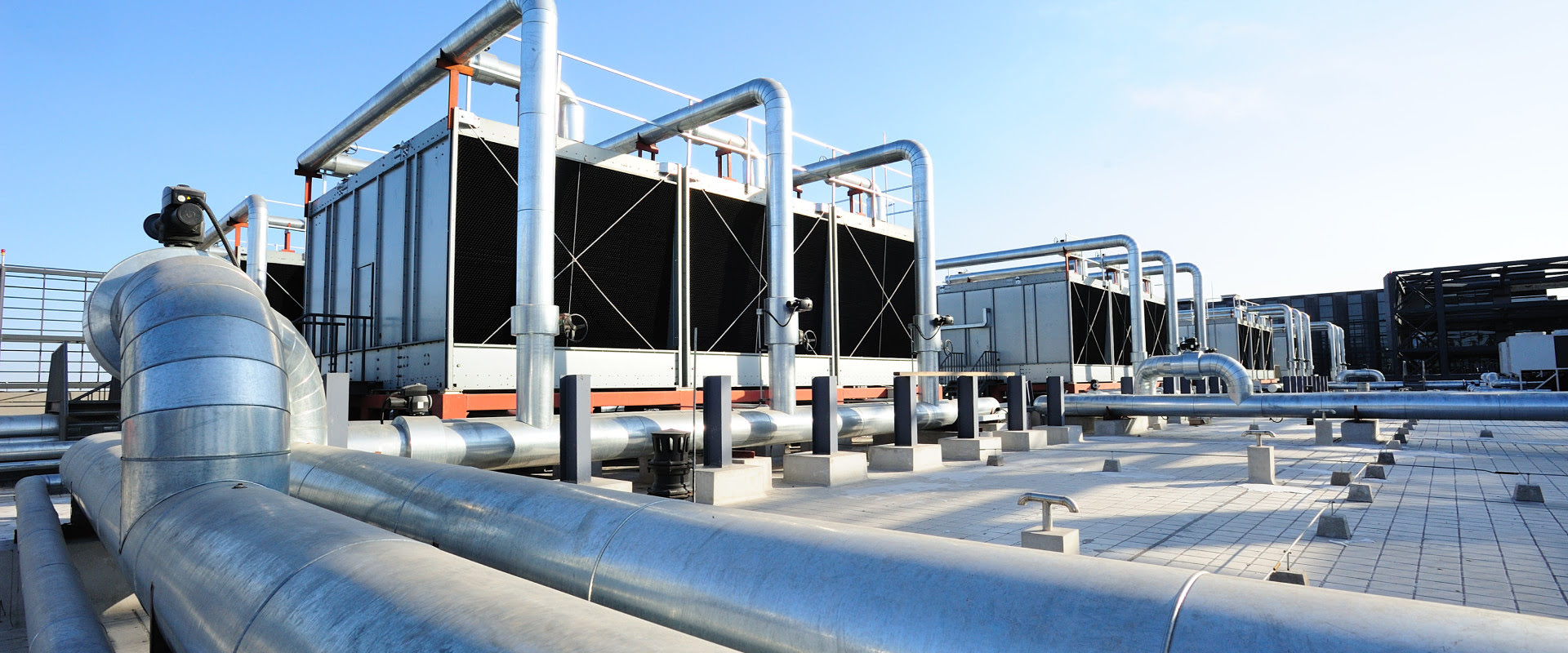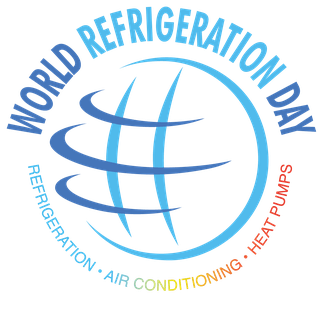Does your organisation waste energy and money to maintain cooling and heating?

HVACR systems – uses 30% to 60% of the electricity in many commercial buildings and 20% of the global electricity. Our experience from thousands of optimised systems is that; it is possible to save 10% to 30% energy, due to short-comings in commissioning and maintenance.
The HAVCR industry has been taught the hard way that low initial price is the key to win contracts, for new equipment and maintenance contracts. As performance monitoring has not been a part of normal business and there is a desire to have a hand over inspection as close to start-up as possible, almost all systems lack structured Measurement and Verification (M&V). As well as plans and/or allocated responsibilities for the optimisation of the equipment at varying operating conditions.
IoT enables predictive maintenance and new levels of energy optimisation
Digitalisation and the number of sensors installed as standard today, makes the introduction of predictive maintenance cost efficient. Today it is a question of implementing data collection strategies that are repeatable for each site, instead of customising them for each site. Not whether it is possible or not. The lack of guidelines for M&V of Ground Source Heat Pumps (GSHP) was a trigger for International Energy Agency initiated Annex 52. Which in January 2022 released “New Guideline for Instrumentation and Data”. The project focused on Ground Source Heat Pumps, however the principles and recommendations are applicable for virtually any HVACR system. Which all are dependent on the production of cooling and heating as well as the distribution systems which means that there are many factors to monitor and an understanding over varying conditions and loads is necessary.
Without a plan, bad results follow
Specification of Seasonal Performance Factor (SPF) or Seasonal Coefficient of Performance ( SCOP) without specification of sampling rates and how data should be stored, accessed, and evaluated generally results in loads of almost useless data. Evaluation requires that data collection is structured to make information of performance at different operating conditions and loads, available for evaluation.
To specify sampling rates and what data can be stored as averages and what needs to be instant values makes the difference between valuable and useless information.
Annex 52 includes guidelines on what data is required and how different data is sampled to make an evaluation and benchmarking possible.
Make sure your organisation keeps up to date with digitalisation and drive sustainability through optimisation of HVACR systems. At the same time the amount of failures and downtime should be reduced with a strategy for predictive maintenance.
Don’t miss our webinar where leading experts present conclusions from Annex 52 and experiences based on thousands of sites.

Professor Jeff Spitler from Oklahoma State University who cochaired the IEA Annex 52 and Klas Berglöf, Head of R&D at ClimaCheck present the conclusions of the project and experiences from many years of field monitoring of HVACR systems.
Can you and your business afford to not act?
If you want to know more about how to implement a structure for energy optimisation and predictive maintenance we have made a guide, that can help you speed up your sustainability work and save a lot of energy and money on the way!
Download the guide by filling out the form below
More news

World Refrigeration Day 2025 – Technology, Climate Action and an Industry Progressing into the Future.
June 26th marks World Refrigeration Day, a day to recognise the technology that enables life as we know it.

Office Hours During Midsummer Celebrations and the Summer
We wish you a joyful Midsummer celebration filled with happiness

New Employee, the ClimaCheck network is growing!
Say hello to Julian Schoch our new COO! Speaking German, English and Swedish, he’ll be a familiar face (and voice) to many of you in our daily communication.

